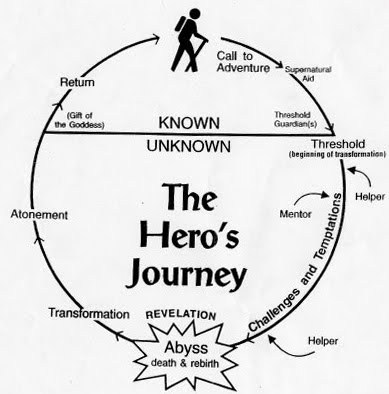It is the sense of connection between you and a certain cause that makes you donate to that cause. At least that’s a long-standing premise of non-profit fundraising.
Seeyourimpact.org, a young Seattle-based non-profit, is using a very personal and tangible form of storytelling to establish the connection between donors and benefactors; effectively making more funding available for life-saving programs.
FastCompany featured their site this week and explained how it works:

Aminata with her new bike -- read the story on SeeYourImpact.
“The model is simple–a donor logs onto the SeeYourImpact website, chooses what type of gift to send–be it a water pump, malaria bed net, wheelchair, or bicycle–and within two weeks the donor receives a brief write-up and photograph capturing the moment the recipient received the gift. And it’s the simplicity, the reward, and the cost–gifts on average range from $10 to $30–that is helping word spread about the non-profit.”
SeeYourImpact has a number of personal stories from past beneficiaries available on their site. Strictly speaking, the write-ups are rather little personal updates rather than actual stories. Still, it seems obvious that hearing from the one person you had an impact on, and seeing their photo, helps establish the personal connection that is crucial for charity giving.
Goetsch, the organization’s Communications Director, mentions exactly this connection as what is missing in modern philanthropy:
“Non-profits have found that breaking development down into tangible concepts engages people. But they haven’t harnessed the power of connecting every donor to their specific impact. The feedback on impact, the personal connection–these are missing in philanthropy today.”
The other advantage of these little impact stories is that they are pieces of powerful, compelling content, which can be easily shared online. Furthermore, if we imagine that more energy was put into refining each story, personal stories like these could also go viral and create enormous attention for a cause online.
However, I won’t fail to mention that while this model seems ingenious, especially because SeeYourImpact promises that 100% of your donation will go to the people in need and none to cover the organization’s overhead cost, there’s a potential ethical concern here. Are these stories too personal? Is the connection between donor and beneficiary too immediate?
There is a fine line there, between the end justifying the means and preserving the integrity and privacy of the people in need. I was happy to see that SeeYourImpact has given thought to this and prohibits contact between donor and beneficiary without the organization’s involvement, and that they reserve the right to change the names of children under the age of 18.
Once precautions like these are in place, using personal impact stories in fundraising will be a very powerful way to connect with donors.
Every impact-creating organization will have compelling stories to tell; it’s only a matter of beginning to tell them.



